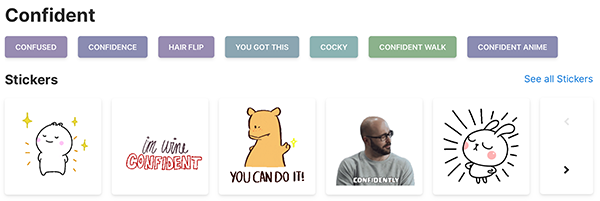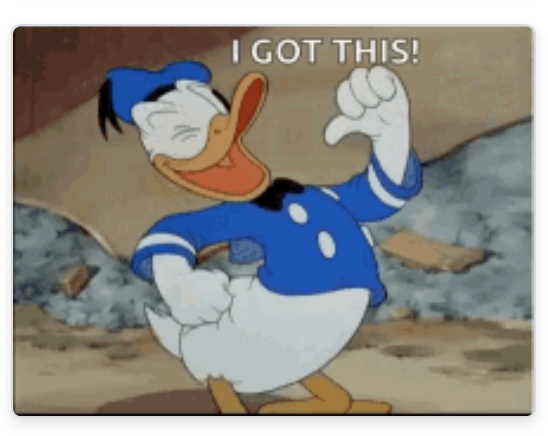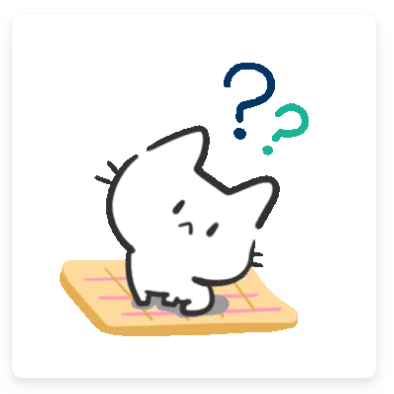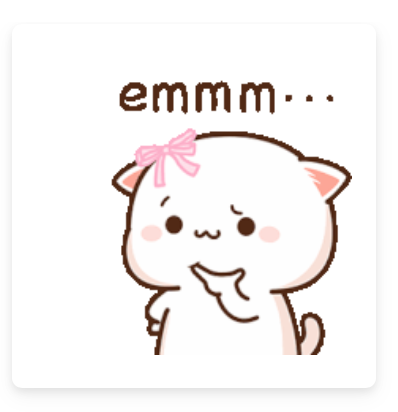
They weren’t much into cartoon expressions, but have you ever wondered what the Grand Masters used as references, back before cameras and fashion magazines where a thing?
I suspect they did quick sketches wherever they went, which honed their drawing skills at the same time. We can take a leaf out of that book — carry cartooning supplies with us everywhere and practise, practise, practice whenever we have a bit of downtime.
But this article isn’t about practising, it’s about our excellent modern-day reference sources.
I mean, what an absolute joy to live in the era of memes
Yes, I’m deadly serious about that!
Memes are a fabulous source of references, particularly when it comes to addressing that bugbear all aspiring cartoonists seem to have in common — that of creating profound emotions for your character.
Now, why are cartoon expressions so tricky to capture?
It’s because once you get beyond the basics of happy, sad and angry, things become super-nuanced. Body language and hand gestures get your tide in pretzel-like knots. The smallest re-alignment of an eyebrow can create a meaning you didn’t quite intend.
Bah!
At the same time, there are a number of ways of portraying the same emotion. Depending on what degree of emotion you are looking for, and at what point you ‘capture’ it, things can be relatively different.
Enter the pure genius of using a “meme-engine”
Take Tenor.com for example. You type in the emotion you are looking for and it delivers up a screenful of .GIFs that relate to the word you used. This delivers a host of benefits to you as a cartoonist:
- You see a wide range of possibilities so you can choose the degree of emotion/ intensity that you are looking for
- you get good at noting the commonalities between them e.g. chest puffed out + eyes closed for confidence
- they are generally over the top dramatic, which is good for cartooniness
- .gif files move… so that adds in the hand and body language nuances that you might otherwise overlook
Here’s a simple example for you
A client wanted to create a library of emotions, one of which was “confident”.
Typing that into the search box revealed the usual line of ‘stickers’ across the top of the results, and as those are often cartoons rather than photos, I flip through those.
Yes, they’re not all suitable… but I find these three in a row, all of which display a degree of confidence.

Then I scroll down into the rest of the results, again looking for cartoons rather than photos, and find a great one of Donald Duck.

Done!
Four possible interpretations of “Confident” cartoon expressions and it’s clear the the puffed-out chest and smugly closed eyes seem to drive a lot of the impression when creating the poses and facial expressions.
Another of their chosen cartoon expressions was “curious”
And of course a quick search revealed plenty of options for that, too.
It was also immediately apparent that “curious” was pretty close to the cartoon expressions of “wondering or questioning” and of course there are small changes when one chooses those words instead.


In short, then
While I am firmly a Gen-X’er in age, I have to confess that memes have stolen a corner of my heart and I have now officially added Meme Hunter to my list of accomplishments 😂
Will you have to trawl some nonsensical and bizarre images on Tenor?
Yep.
It is worth it?
Abso-bally-lutely!
I have always found something I can use and adapt, usually within 30 seconds. Because the search engine also delivers other word suggestions across the top of the page, too, which often prompt some thought about what exact emotion I am trying to portray.
Nothing changes till you take action
Nothing changes till you take action, so if you are struggling with creating cartoon expressions that have subtlety, Tenor is your new secret weapon.
Make a list of the emotions you want expression for and head over there now to search and conquer!
~
P.S. Here’s a screenshot of that super-helpful set of other word suggestions at the top of the search results, as well as the gallery of stickers.
Thank me laterl 😜

